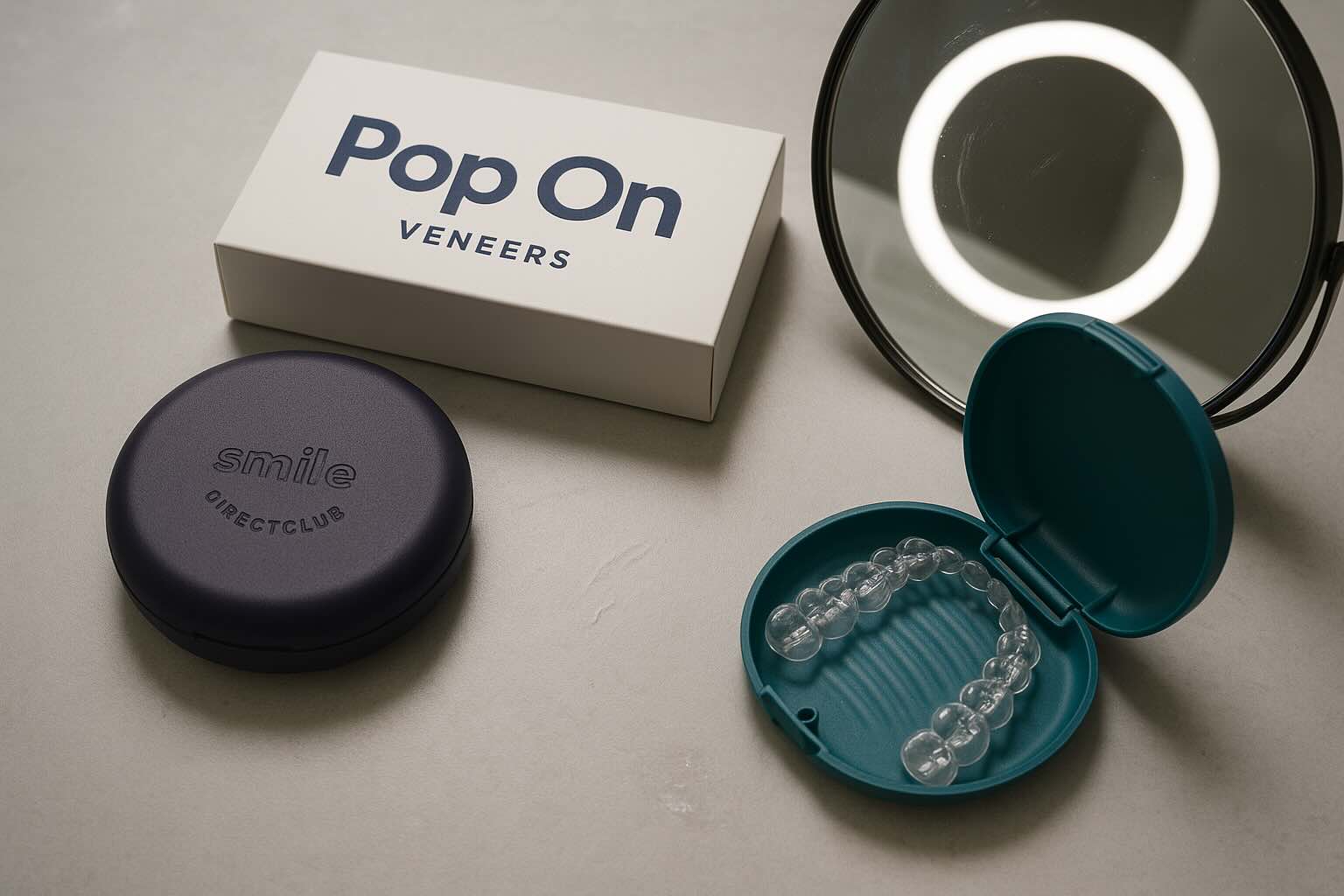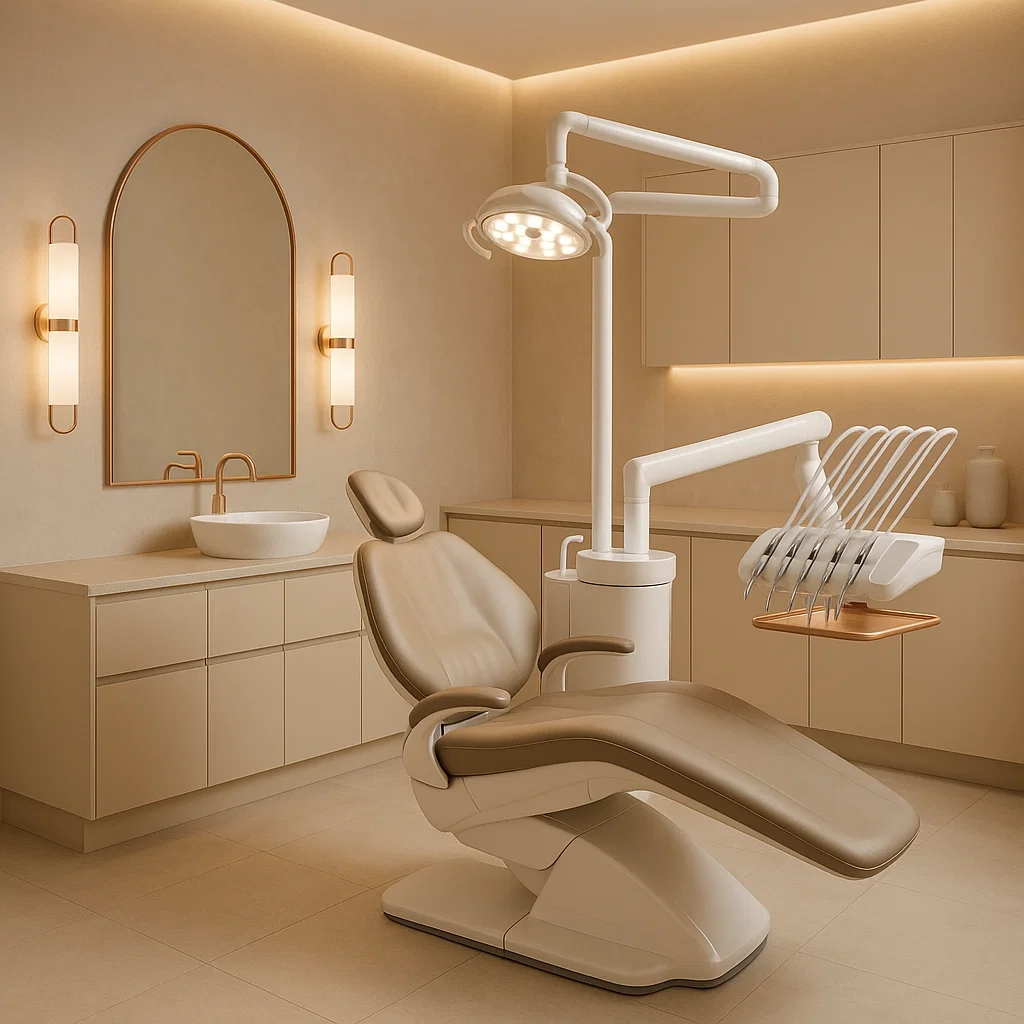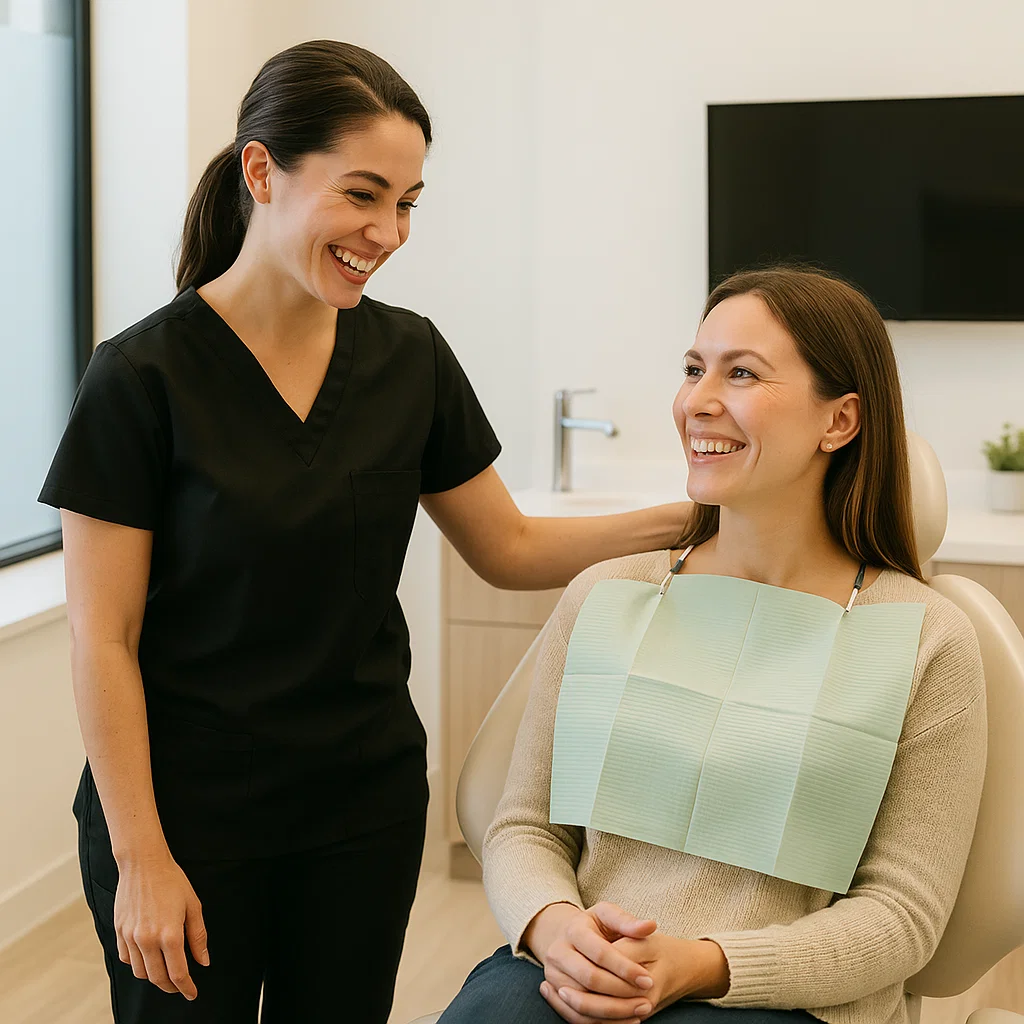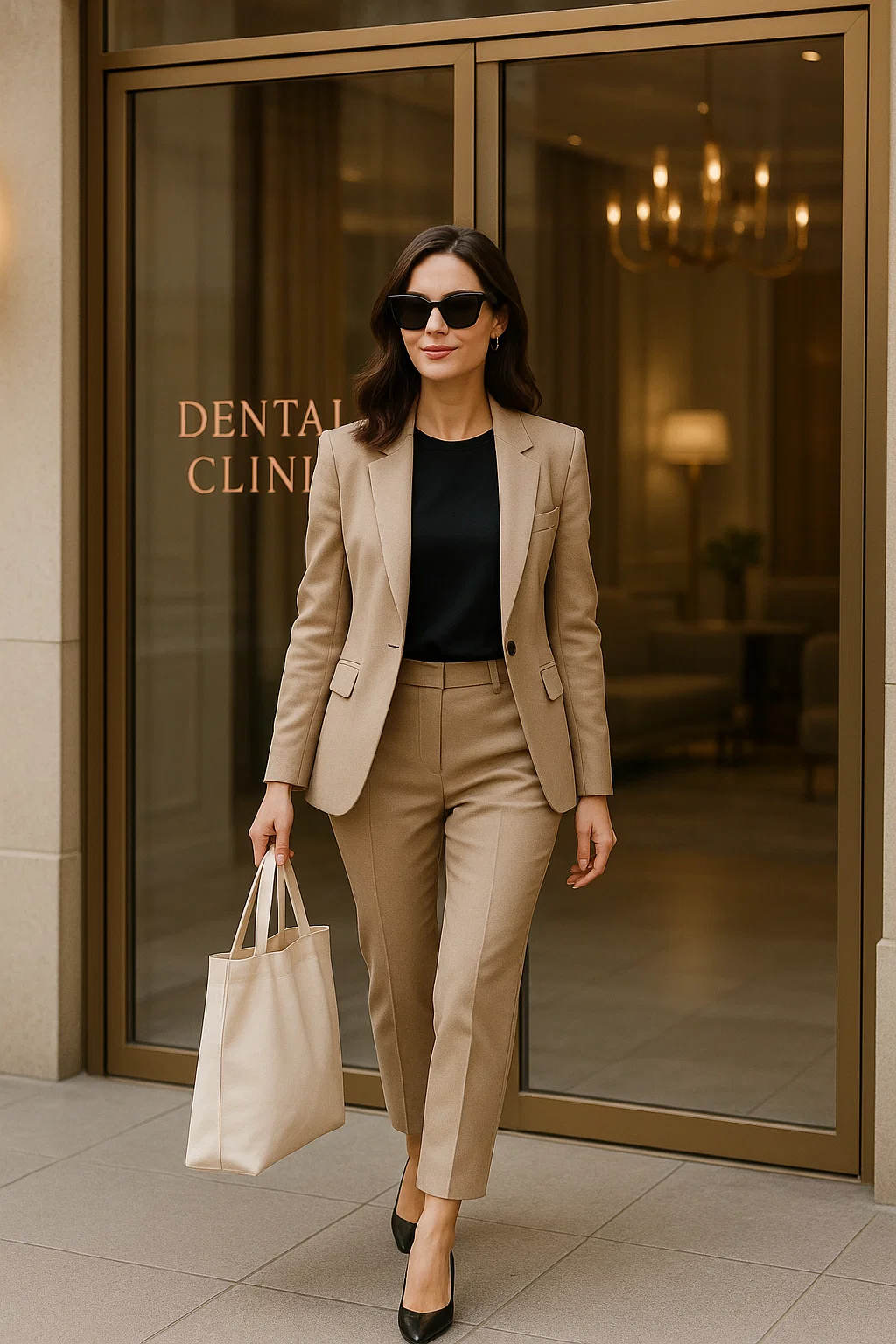
Social media has built a world where every smile looks perfect. Filters, whitening apps, and “before-and-after” reels make teeth appear straighter, whiter, and flawless in seconds. It feels like everyone else has a camera-ready smile all the time.
But here’s the part most people don’t realize: the habits and trends behind those posts—daily coffee, LED whitening kits, pop-on veneers, or skipping real checkups—quietly affect your actual smile. The filters hide it, but in reality, sensitivity, stains, and enamel wear appear long before you expect them.
That morning latte or evening red wine might not show up in your Instagram post—but over time, dark pigments seep into enamel and leave behind stubborn stains.
The result?
📊 Coffee and tea are two of the top causes of enamel staining worldwide.
LED light kits and viral whitening pens promise “instant glow” results for your feed. But many use unregulated peroxide levels or harsh gels that thin enamel.
Because enamel loss is painless at first, most people don’t notice until they develop:
📊 Overuse of at-home kits can reduce enamel thickness and increase sensitivity within weeks.
Pop-On Veneers and Snap-On Smiles look like the perfect shortcut to an “Insta-ready” grin—but underneath, they often trap moisture, rub gums, and prevent teeth from cleaning naturally.
The result?
📊 Searches for “Instagram veneers” and “Pop-On Veneers” have tripled since 2022.
While they might look flawless on camera, these quick covers don’t strengthen your real teeth—and can even hide early decay or gum inflammation.
At-home aligner companies promise straight teeth without dentist visits. But without X-rays or monitoring, tooth movement can cause uneven pressure on roots and gums.
The result?
📊 Improperly guided aligner treatment can increase gum inflammation by up to 40%.
Real orthodontic treatment ensures each movement protects bone, bite, and long-term stability—not just appearance.
Instagram’s “natural” whitening hacks—like charcoal toothpaste or baking soda scrubs—look simple and eco-friendly. But these abrasives scratch enamel, making teeth look darker as light reflection decreases.
The result?
📊 Charcoal toothpaste can wear enamel faster than standard whitening toothpaste when used daily.
Regular checkups rarely make the highlight reel—but skipping them means missing early signs of cavities, gum disease, and tartar buildup.
That leads to:
📊 Nearly 30% of adults skip dental visits annually—one of the top reasons for hidden decay.
Filters and shortcuts may create instant results—but they don’t protect your enamel. Real smiles age faster when hidden damage builds silently. With smarter, dentist-approved swaps, you can keep your teeth healthy, bright, and strong—so your confidence shines both online and in real life.
Why do my teeth look whiter on camera than in real life?
Filters and lighting enhance brightness—but they don’t change true enamel color.
Are Pop-On Veneers safe?
Short-term use is fine for photos, but long-term wear can trap bacteria and harm gums.
Are whitening hacks really bad?
Yes—acidic or abrasive methods like lemon juice, charcoal, or baking soda erode enamel.
Are at-home aligners worth it?
Without dentist supervision, they can shift teeth unpredictably, damaging roots or bone.
How can I safely get an “Instagram-worthy” smile?
Professional whitening, gentle enamel care, and regular checkups build long-lasting natural brightness.
At KYT Dental Services, we know the difference between Instagram-perfect smiles and real-life confidence.
Patients are often surprised to learn that hidden staining, enamel wear, or gum issues—not just alignment—were holding their smiles back.
Our approach goes beyond surface fixes. We restore brightness safely, strengthen enamel, and design smiles that look stunning both in photos and in person.
✨ Because your smile deserves to be more than a filter—it deserves to shine in reality.





